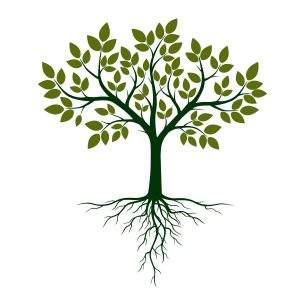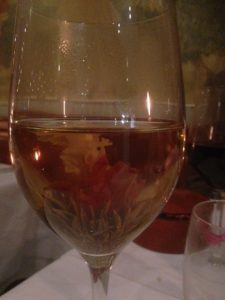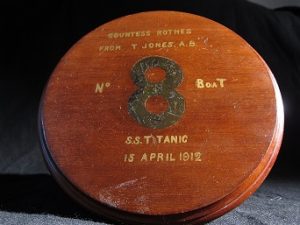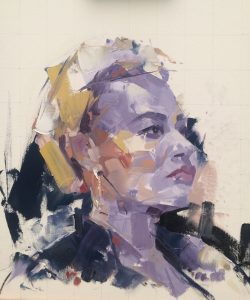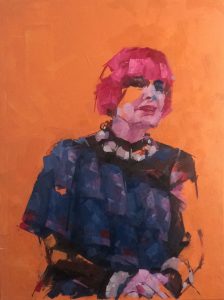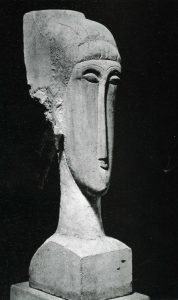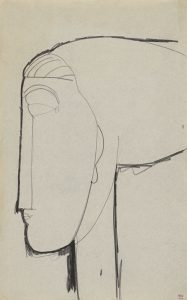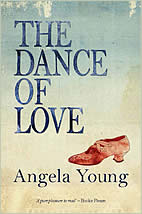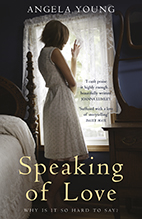I’ve been meaning to read this article by an older writer about starting to write later in life and how, after a very long writing journey and the discovery that every writer makes at some point, that all writing is rewriting, her novel was published. It’s only taken me eight months to get round to reading her article, but it took Janet Clare (at a guess, from her article) twenty+ years to find a publisher, via an agent who did nothing, a life-threatening illness, a course at UCLA, a beloved mentor who died (but whose advice lived on in Clare) and, naturally, a lot of what my mother used to call sticktoitiveness. Clare’s journey to publication is a wonderfully uplifting and properly positive story for any writer, especially an older female one.
I’ve just ordered a copy of her novel from my local indie bookshop, but you can also find it here and I’m seriously looking forward to reading it. By the way, I’ve just discovered (courtesy of the internet) that the title comes from The Glass Menagerie, a play about a son and brother’s memory of his mother and sister. It was Tennessee Williams first big success:
I didn’t go to the moon. I went much further, for time is the longest distance between two places.
The complete speech is here. But the title feels very fitting for a novel set in the harsh, dry, hot Australian outback about a middle-aged woman’s discovery of herself and the ‘power and destruction of [family] secrets’.
***
Vice’s Broadly, ‘A digital platform for women’ (isn’t there just so much of the digital world that people like me – older and a reader of print books and a listener to the radio for news – don’t even know exists)? But the thing I’d love to have invented in a parallel universe (this really is one) where time is infinite and everything is possible is Vice’s Broadly. Just one example:
This is Fine
Our Sunday newsletter tracks the specific ways we go about improving our days. Every week, a new contributor shares an essay about a strategy they employ to feel better, alongside annotations from members of Sad Girls Club, a community that focuses on mental health.
Click on the image to find out more or Get it in your inbox here
I found Broadly while reading the book I wrote about last month, Comfort Zones, and when you surf the net (do we still say that?) to discover more after a new discovery, you find all kinds of things you never knew existed. The future belongs to the curious. Anon.



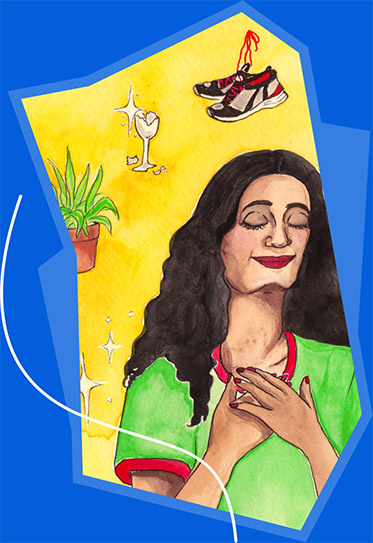
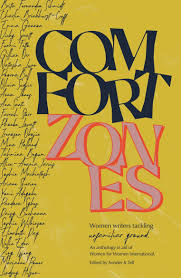

 Reading to kids isn’t just a way to get them excited about books at a young age — it’s also a positive form of social interaction, which is crucial at the early stages of social and emotional development.
Reading to kids isn’t just a way to get them excited about books at a young age — it’s also a positive form of social interaction, which is crucial at the early stages of social and emotional development.
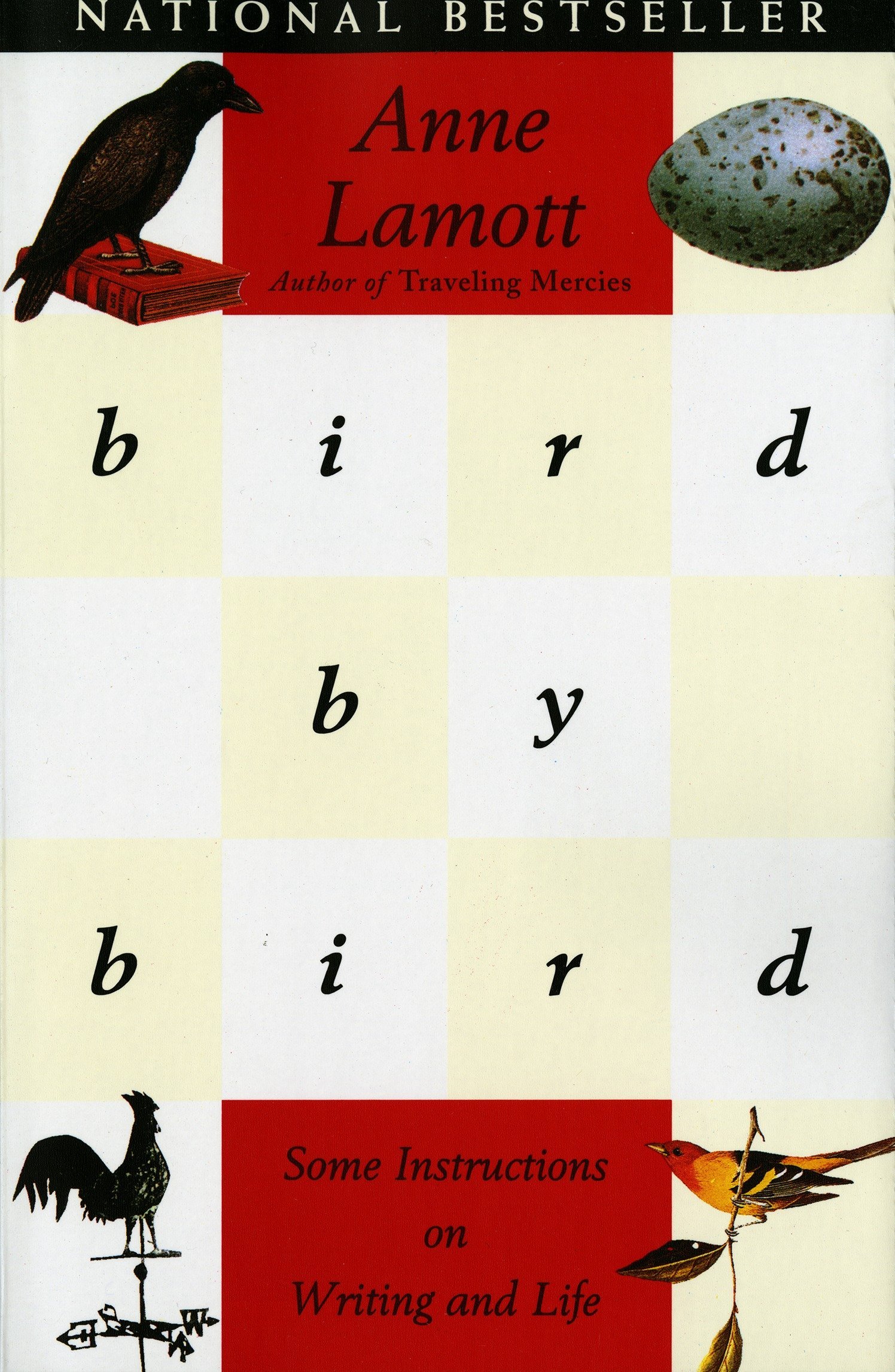
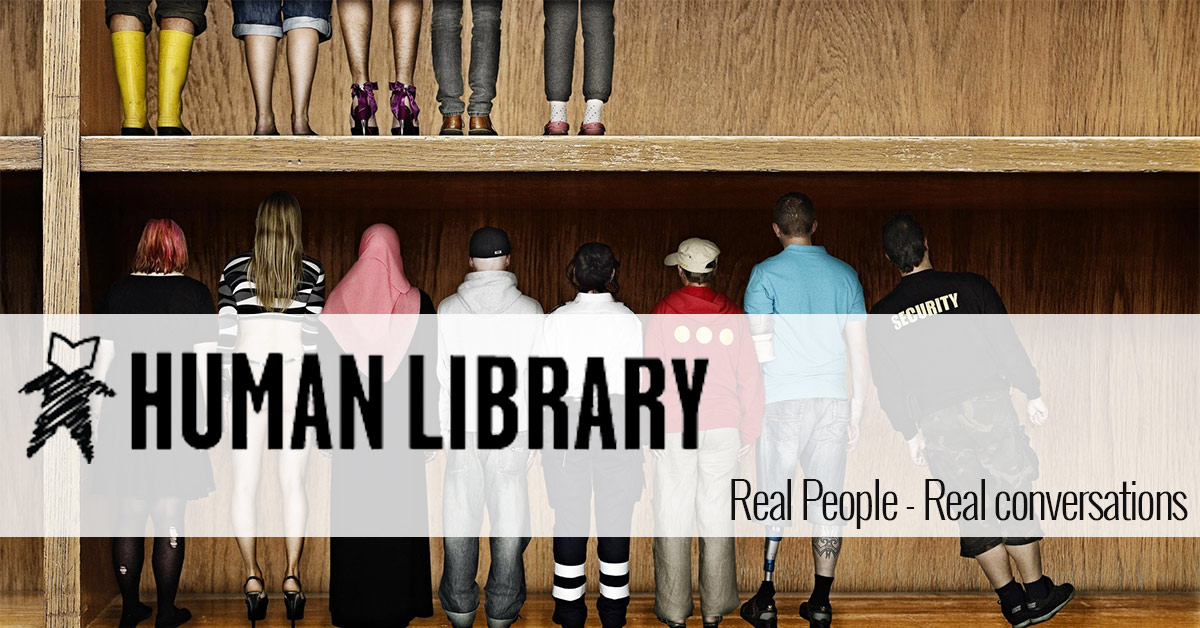

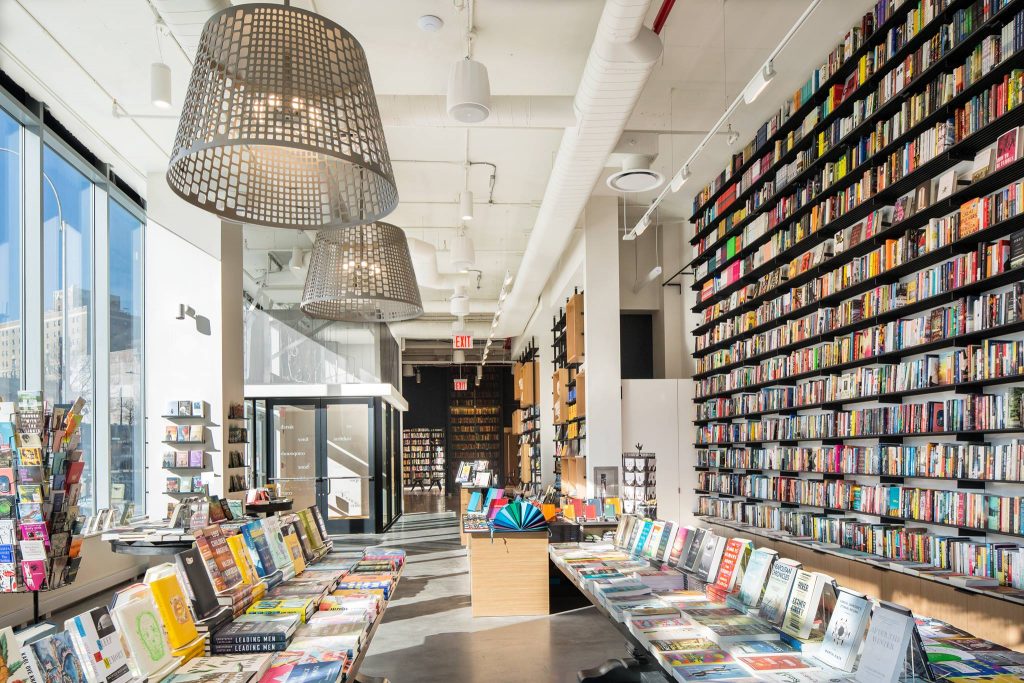
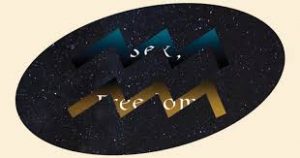 And the thing I’d like to have invented in a parallel universe where time is infinite and all things are possible is
And the thing I’d like to have invented in a parallel universe where time is infinite and all things are possible is 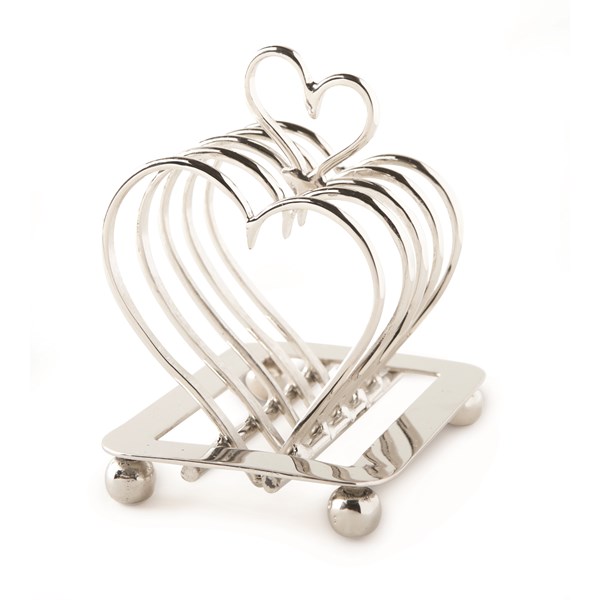
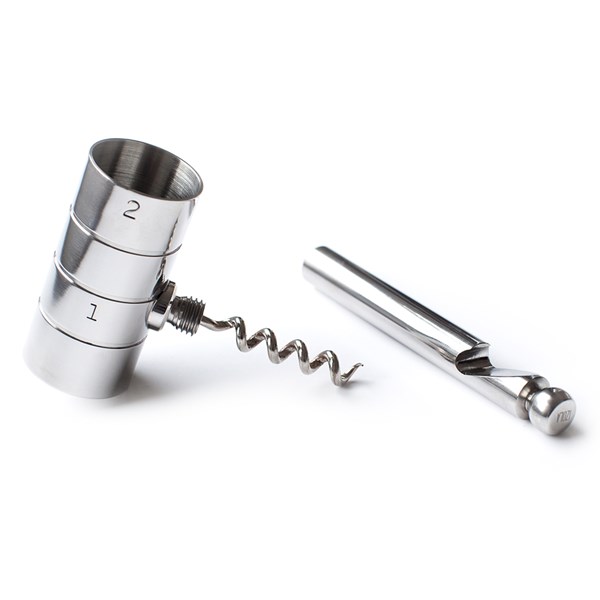
 Not so long ago, after an aunt of mine died, I inherited two of her pens but I thought I’d never be able to use them because I couldn’t find any refills for them … until I stumbled across
Not so long ago, after an aunt of mine died, I inherited two of her pens but I thought I’d never be able to use them because I couldn’t find any refills for them … until I stumbled across 

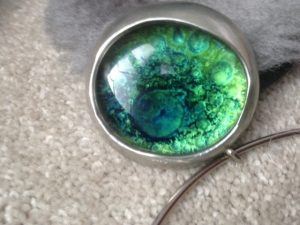
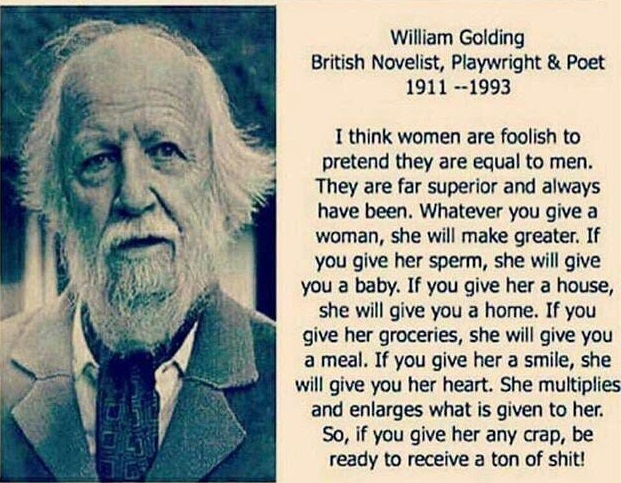
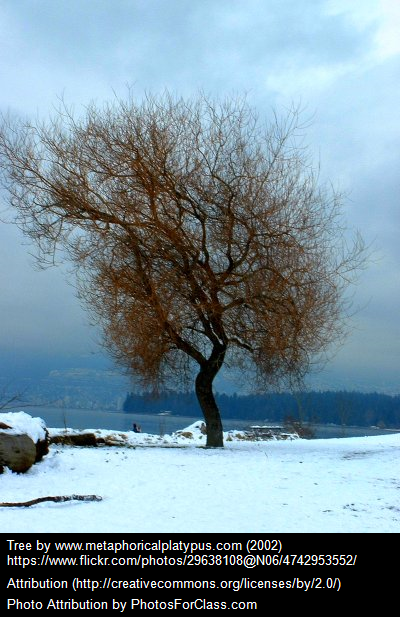
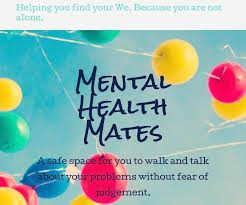



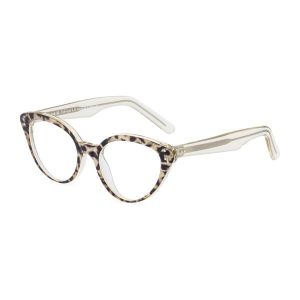
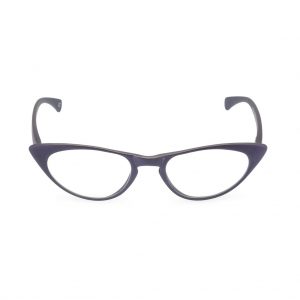
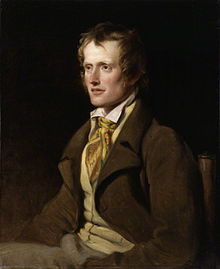
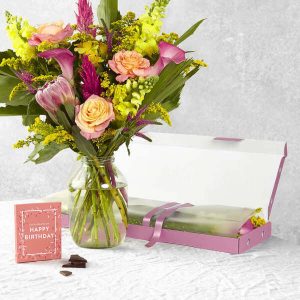
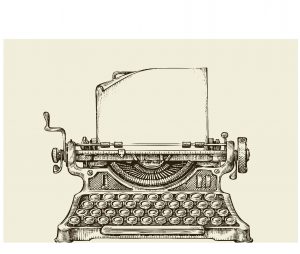 But how, however much is planned ahead (even though planning is necessary), in the end the story will just be what it will be. How a story is quite subversive in the way it will just suggest things. How getting it right is a very mysterious experience.
But how, however much is planned ahead (even though planning is necessary), in the end the story will just be what it will be. How a story is quite subversive in the way it will just suggest things. How getting it right is a very mysterious experience.